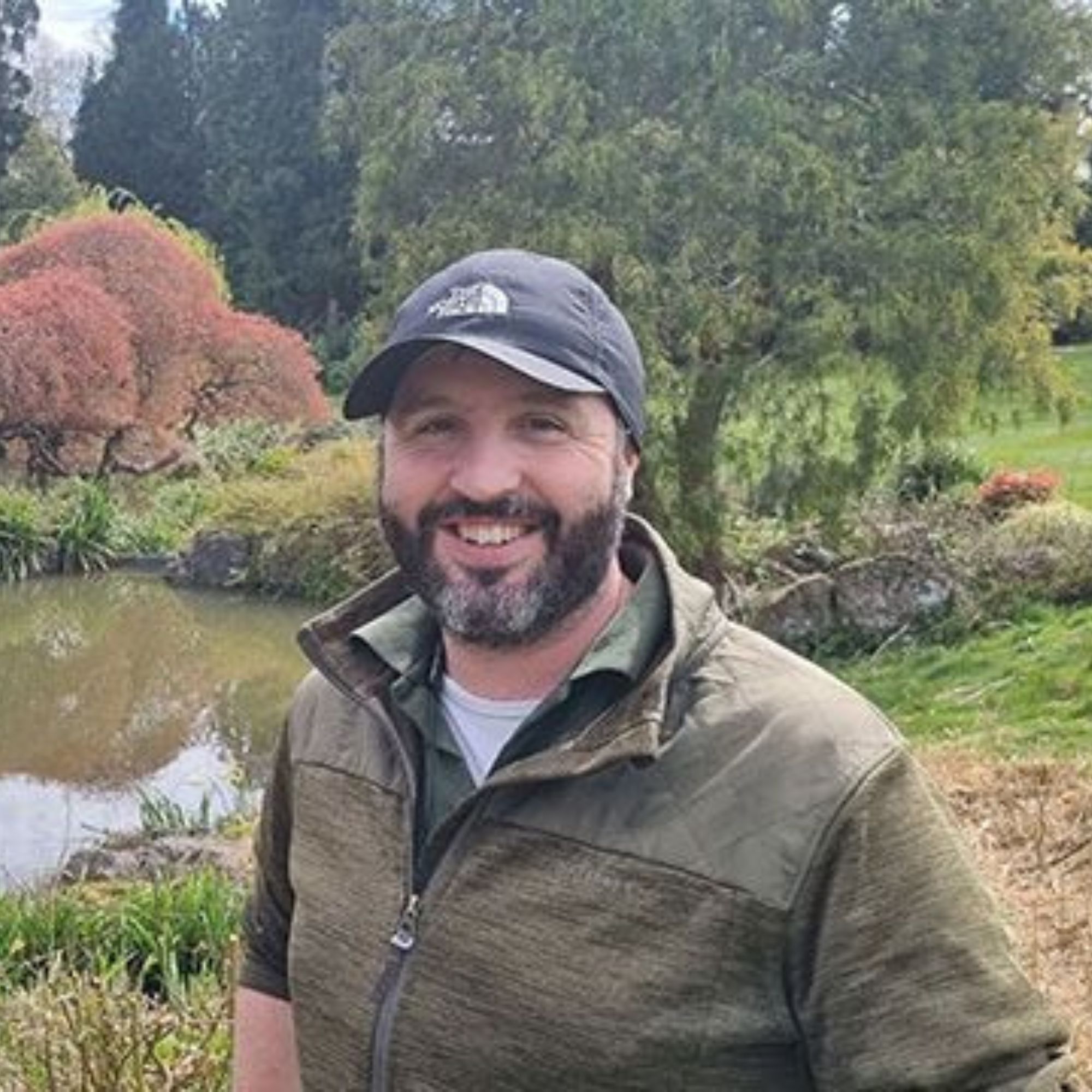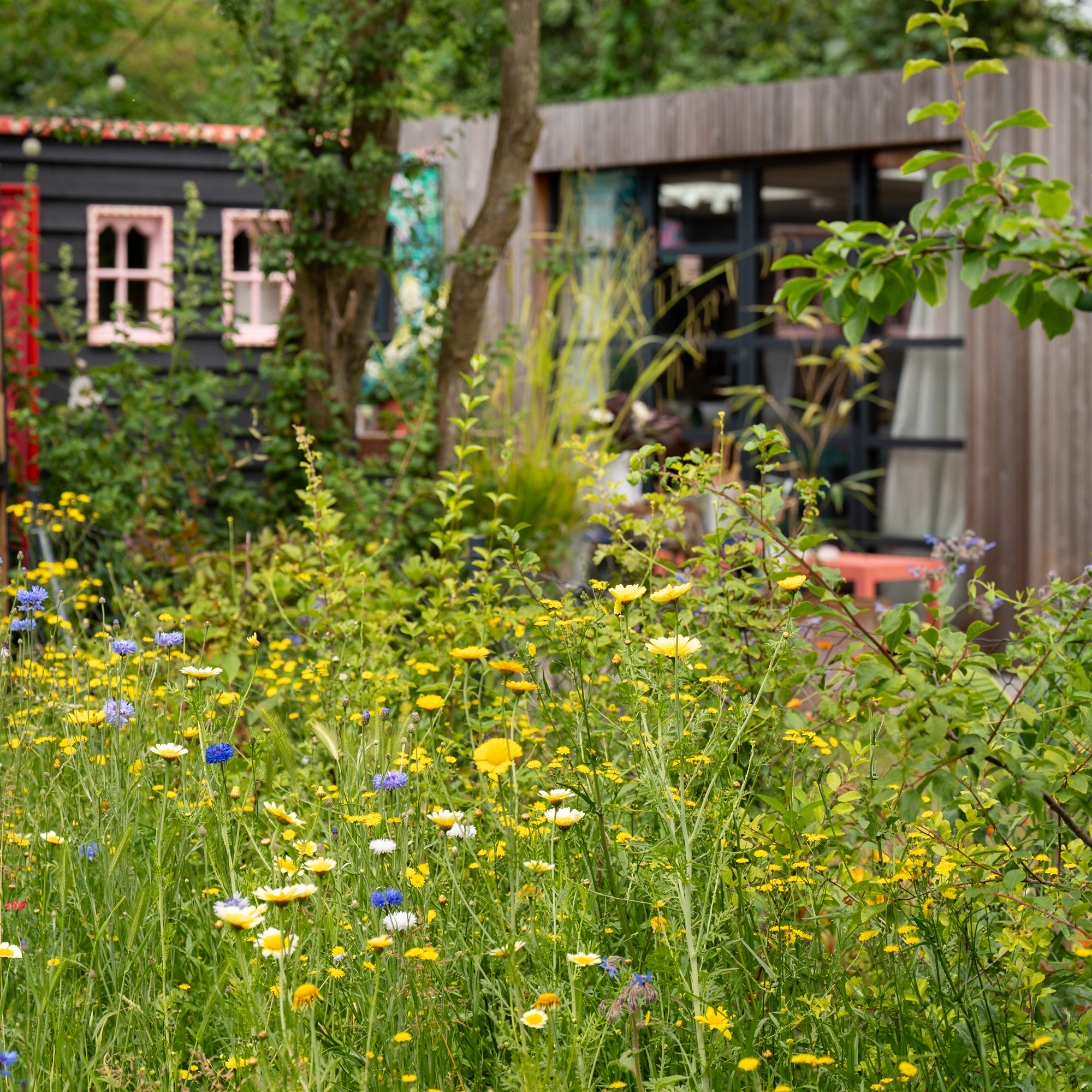How and when to collect seeds from hardy annuals this summer so you can grow them for free next year
Everlasting flowers? Make it happen by collecting seeds, stat!


It's official: learning how to collect seeds from hardy annuals is a must for gardeners of all abilities. Not only does it guarantee a repeat display of blooms, but you’ll also be saving money on the best annual flower varieties for your own soil, too.
Yes, saving seeds from your favourite hardy annuals is one of the simplest, and most satisfying, ways to add bright colour to your flower beds and garden borders – all the way from spring right through to those very first frosts.
Of course, if you want to learn to collect seeds like a pro, make sure that you a) work your magic on varieties like cornflowers, calendula, nigella, and poppies, and b) are prepared to be patient; it will take a little time to see the fruits (or flowers!) of your labour…
How to collect seeds from hardy annuals
Professional gardeners are in agreement: learning how to collect seeds from hardy annuals is one of the best tricks to have up your sleeve.
'Not only is it free to collect seeds from your own plants, but it’s a lovely activity to do in the garden,' explains Morris Hankinson, director of Hopes Grove Nurseries.

Morris Hankinson is the founder and managing director of Hopes Grove Nurseries Ltd, the UK’s only specialist grower-retailer of hedging plants. He established the thriving business in 1992, shortly after graduating with a Commercial Horticulture Degree from Writtle College, Essex.
'While the garden is most likely looking stunning at this time of year, there will be some flowers beginning to fade,' he continues.
'As such, August is actually a really good time to think about the garden for next year and collect some hardy annual seeds.'
Sign up to our newsletter for style inspiration, real homes, project and garden advice and shopping know-how
With that in mind, then...
What you'll need
As mentioned already, learning how to collect seeds from hardy annuals is a thrifty business. That being said, there are a few things that you will need if you want things to go smoothly...
- Envelopes for storing seeds in (we rate these simple brown Kraft Paper Seed Envelopes from Amazon)
- A pair of sharp, clean secateurs. If you're in need of some new snips, the pros tend to rave aboutthe Felco FEL2 Model 2 Original Secateurs (available from Amazon)
- A pen to help you label everything up; as you're already on Amazon, pick up a STABILO Write-4-all
Step-by-step
Now that you have everything you need to hand, it's time to set to work and collect seeds from hardy annuals like the green-fingered pros.
We promise it's easy! So much so, in fact, that you'll never look back after you've done it once...
1. Wait for your moment
People of a certain age will remember that Martine McCutcheon once advised us all, in her surprisingly dulcet tones, to keep an eye out for that perfect moment. The same is true when learning how to collect seeds from hardy annuals.
'You need to let the flowers fade naturally and form seed heads, and resist the urge to deadhead at all costs!' says Christopher O'Donoghue, professional gardener and director of Gardens Revived

A gardener with over a decade of experience under his belt, Christopher set up Gardens Revived with his brother, Andrew, in 2018 to create a thriving family business. He has since worked on residential gardens, listed buildings and gardens, award-winning RHS flower show gardens, and large estates with some exceeding 70 acres – many with historical significance.
Christopher adds that the seeds will be 'ready when pods turn brown, dry, and start to rattle or split'.
'This is usually late summer to early autumn,' he adds, noting that leaving the seedheads as long as possible will prove beneficial to wildlife, too.
2. Wait for a dry day

While we try not to be dramatic as a rule, it's important to remember that moisture is the worst enemy of viable seed. The very worst.
As such, Morris suggests you collect seeds from hardy annuals 'on a dry day in the morning after any dew has evaporated, or in the early afternoon'.
'This will help prevent mould and ensure they store well,' he promises.
3. Get snipping
Taking care to use clean scissors or secateurs (or gently snapping them with your fingers), your next task is simple: collect the now-dried seed heads. However, both Morris and Christopher stress the importance of labelling, even at this point in proceedings.
'Don’t fool yourself into thinking you will remember which seed packet is which,' warns Morris, advising you to slip your seeds into pre-labelled packets straightaway.
'Paper bags or envelopes are ideal, as plastic can trap moisture and cause rot,' adds Christopher.
4. Sort and dry
Once you have collected seeds from hardy annuals, and when you have the space to do so, Morris says you need to 'open the seed heads and spread out the seeds, removing any chaff and debris' as you do so.
'Dry the seeds out for a few days in a dry space with good airflow and no direct sunlight,' he says.
5. Store for spring

It will take a day or two for your seeds to be totally dry. Once they are, though, Morris says you'll want to pop them back in your labelled paper envelopes or bags and store them in a cool, dark place (like a kitchen cupboard or shed), ready for sowing.
Alternatively, Christopher says, 'you can sow hardy annuals straight away in autumn for earlier blooms'.
FAQs
What is the easiest annual flower to grow from seed?
If you're looking for the easiest annual flower to grow from seed (and specifically, seed you can collect yourself), Morris Hankinson of Hopes Grove Nurseries advises the following:
- Cornflowers
- Calendula
- Nigella
- Poppies
- Larkspur
- Ammi
'Just be sure to stop deadheading to allow some of the flowers to go to seed,' he adds.
Do hardy annuals self-seed?
Many hardy annuals will happily self-seed and grow again the following year without any help. However, collecting and storing your own seeds gives you more control over where the plants will grow and ensures you have backups if seedlings don’t appear.
'Just be sure to harvest on a dry morning or afternoon to avoid mould, and use clean snips for the job,' says Christopher O'Donoghue of Gardens Revived.
How to collect seeds from everlasting flowers?
If you want to collect seeds from everlasting flowers (which are often grown for dried arrangements), then take care to leave them to form seed heads just like other hardy annuals.
Once the heads are completely dry, you can carefully shake or rub them over a tray to release the seeds. Just take care to store them in paper envelopes in a cool, dark place until sowing time – and don't forget to label them!
And just like that, you have everything you need to collect seeds from hardy annuals this summer. Keep those labelled packets safe until springtime, and you'll be rewarded with a blooming marvellous garden come summer.
Good luck!

Kayleigh Dray became Ideal Home’s Acting Content Editor in the spring of 2023, and is very excited to get to work. She joins the team after a decade-long career working as a journalist and editor across a number of leading lifestyle brands, both in-house and as a freelancer.
You must confirm your public display name before commenting
Please logout and then login again, you will then be prompted to enter your display name.